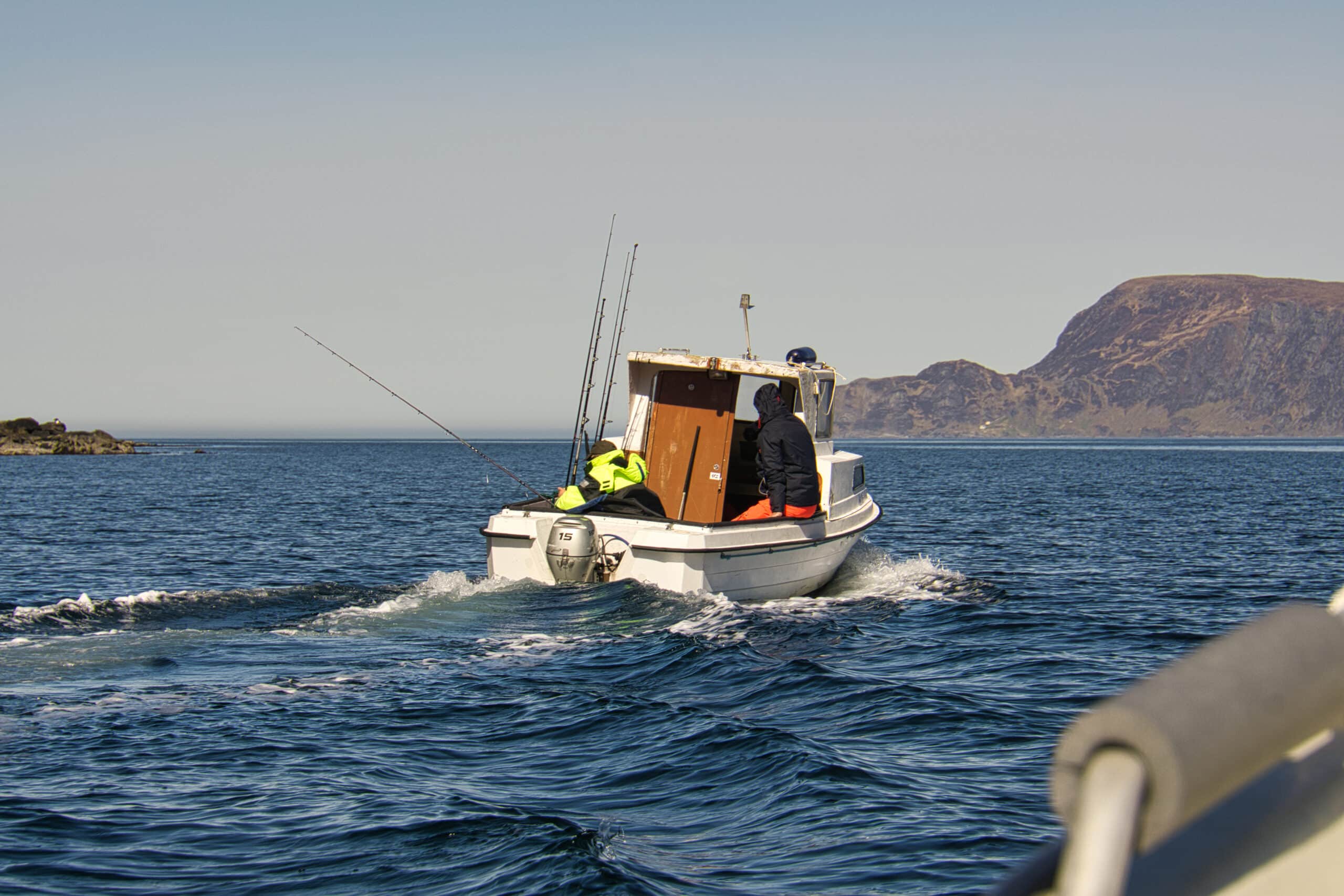How Should You Pass a Fishing Boat?
Key Takeaways
- Passing on the correct side is crucial when encountering a fishing boat, with the left or port side being the safest approach.
- Signaling your intention to pass with two short honks and slowing down to avoid throwing a large wake are essential for safe passage.
- Maintaining a safe distance of at least 100 yards from the fishing boat and yielding the right-of-way to actively engaged fishing boats is important for the safety of both parties.
Passing a fishing boat safely requires knowledge of boating etiquette and an understanding of the rules of the water. When encountering a fishing boat, it is important to prioritize the safety of both your vessel and the fishermen on board. This article will provide you with detailed information on how to pass a fishing boat in a responsible and considerate manner.
Passing on the Correct Side
When passing a fishing boat, it is crucial to choose the correct side to pass. According to multiple sources, passing on the port (left) side is the safest approach. This means that both boats should pass each other on their port sides or their left-hand sides. By doing so, you ensure that you are following the standard practice and avoiding any confusion or potential accidents.
Source: WikiHow
Source: Boating Geeks
Signaling and Slowing Down
Proper communication with the fishing boat is essential to ensure a safe passage. According to the sources, it is recommended to signal your intention to pass by using two short honks. This alert allows the fishermen to be aware of your presence and take any necessary precautions.
Furthermore, reducing your speed is crucial, especially if there is a significant size difference between the two boats. Slowing down helps to avoid throwing a large wake that could impact the smaller fishing vessel. By maintaining a no-wake speed, you minimize the risk of disturbing the fishing boat.
Source: Boating Geeks
Source: WikiHow
Keeping a Safe Distance
Maintaining a safe distance from the fishing boat is essential for the safety of both parties. It is recommended to give the fishing boat at least 100 yards of space. This distance allows the fishermen to continue their activities without any disruptions and prevents any potential collision.
Additionally, it is crucial to take early action in changing your course and slowing down your boat. By doing so, you demonstrate respect for the right-of-way of the fishing boat and ensure a smooth and safe passing maneuver.
Source: WikiHow
Source: BoatSafe
Priority for Right-of-Way
It is important to recognize that fishing boats with lines or nets cast have the highest priority for right-of-way. This means that if a fishing boat is actively engaged in fishing, it is your responsibility to yield and give them the right-of-way. By doing so, you respect their work and ensure their safety.
Source: WikiHow
Conclusion
Passing a fishing boat requires careful consideration and adherence to boating etiquette. By passing on the port side, signaling with two short honks, slowing down to a no-wake speed, and giving the fishing boat at least 100 yards of space, you can ensure a safe and respectful passage. Remember to prioritize the safety of both your vessel and the fishermen on board, and always be mindful of the specific rules and guidelines provided by local authorities.
Related Websites:
FAQs:
Q: Why is it important to pass fishing boats safely?
Passing fishing boats safely ensures the safety of both parties involved. It helps to avoid collisions and interference with fishing operations, respecting the rights of fishing vessels to conduct their activities undisturbed.
Q: What are the rules for passing a fishing boat?
When passing a fishing boat, it is important to maintain a slow and steady speed. The fishing boat is typically the stand-on vessel, so it has the right of way. It’s crucial to maintain a safe distance, taking into account the length of fishing gear deployed.
Q: How can I communicate with fishing boats while passing?
Effective communication with fishing boats is essential for a safe passage. Use appropriate VHF radio channels to establish contact. Follow basic radio etiquette and use phrases such as ‘vessel name, this is [your vessel name], requesting permission to pass’.
Q: What other considerations should I keep in mind when passing fishing boats?
Be aware of other hazards around fishing boats, like buoys, nets, or lines. Pay attention to any signals or gestures from the fishing crew. Familiarize yourself with specific regulations or local laws regarding passing fishing boats in the area you are boating or sailing.
Q: What is the importance of passing fishing boats respectfully?
Passing fishing boats respectfully shows consideration for the safety and livelihood of the fishing crew. It promotes a positive boating or sailing environment and encourages mutual respect among all watercraft users.






